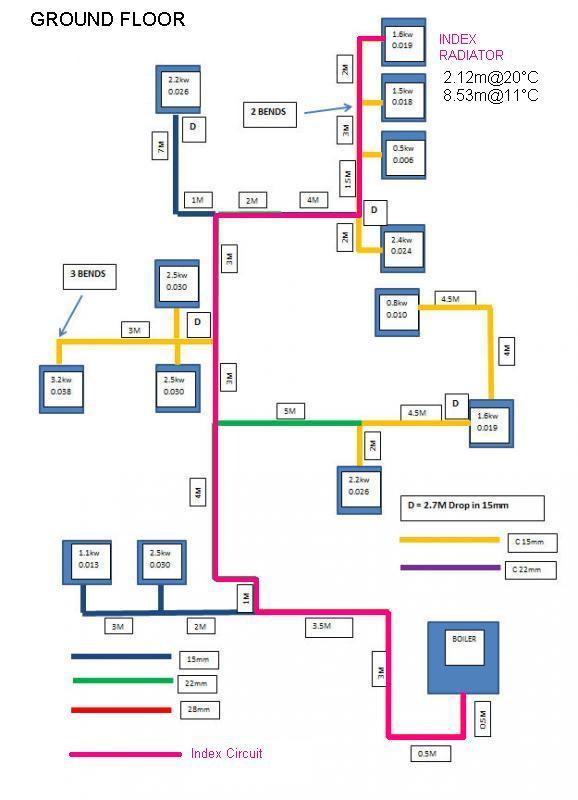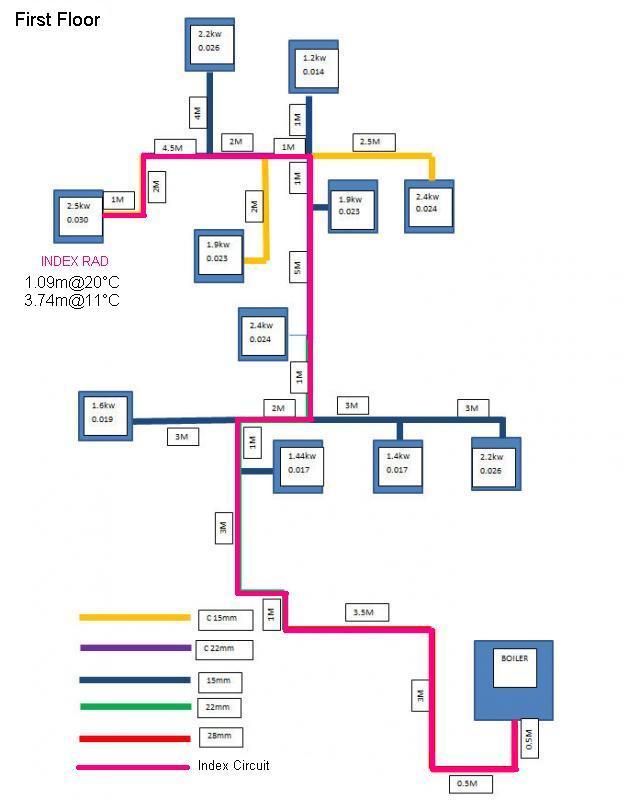Regardless of everything thats been said about the first 50 seconds being at full pelt, i can assure you that at 18kw in d0,the boiler definitely maintains a lower flow temperature when firing up than at 26kw. No s53 since changing to 18kw.
I still think that you are not fully assimilating what goes on in your boiler!
The d0 setting is the maximum POWER that the boiler will run at after THE FIXED first 50 seconds.
During the first 50 seconds the boiler runs at 70% of the BOILER'S maximum output! In your case that's 70% of 38 kW !
During the first 50 secs the boiler will turn off the burner if it reaches the set flow temperature!
They may expect that doing this will help a system to heat up faster. Its probably a good idea if the boiler is not seriously oversized or the water content of the system is not too high.
Tony



